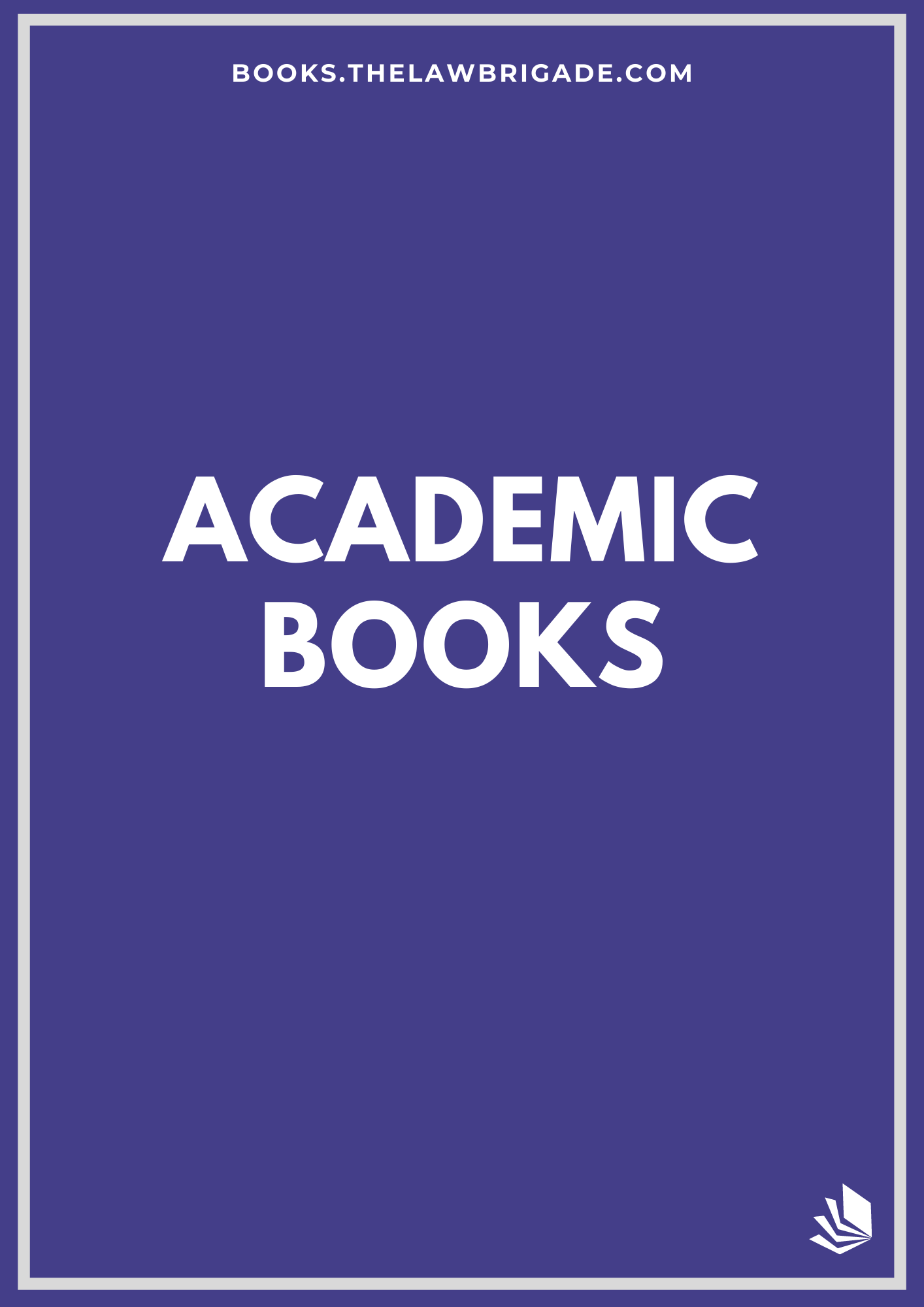The current socio-legitimate investigation on the advancement of laws on Hindu Marriage Dissolution and the degree of unification is primarily based on exploratory and diagnostic fact discovering, which provides a guide for deciding whether this critical part of individual laws of various religious networks can be made uniform or not. The disintegration of Hindu marriage’ in any instance referred to as separate’ is the final and legal termination of the marriage. It is seen as one type of tool for dealing with the stresses and problems that come with marriage. The influence of this has a broader dynamic seen from the ultimate goal of the general population. Mental harm, the offspring of a broken family, or a broken marriage experience all contribute to a stable marriage. This was the scenario prior to the Hindu Marriage Act of 1955 when Hindu marriage was insoluble. However, it is now rendered solvent in the Act of 1955 and even made disintegration gradually easier following the 1976 Act amendment’. The disintegration of Hindu marriage,” also known as “divorce,” refers to the final and legal termination of a marriage. It serves as a mechanism for addressing the challenges and difficulties that arise within a marriage. The implications of this process have far-reaching consequences for the broader society. Mental distress, the well-being of children from broken families, and the experiences of individuals in failed marriages all contribute to the stability of the institution of marriage. Before the enactment of the Hindu Marriage Act in 1955, Hindu marriages were considered indissoluble. The Act rendered them soluble, and subsequent amendments in 1976 further facilitated the process of dissolution. This change in the legal framework aimed to address the evolving needs and aspirations of Hindu individuals seeking to end their marriages. The exploratory and diagnostic fact-finding approach employed in this investigation serves as a guide for determining whether uniformity can be achieved in the laws governing marriage dissolution across different religious communities. The ultimate goal s to establish a cohesive and equitable legal framework that respects the religious practices and beliefs of Hindus while ensuring a fair and just process for dissolving marriages.
Exploring the Recent Trends of Divorce in India
Publication Information
Book Title: Marriages and Divorces in Indian Society
ISBN: 978-81-956533-4-8
Author(s): Vinita Singh & Pratyush
Published On: 22/07/2023
First Page: 193
Last Page: 201
Publisher: The Law Brigade Publisher
DOI: https://doi.org/10.55662/book.2023MDIS.014
Cite this Article
Vinita Singh & Pratyush, Exploring the Recent Trends of Divorce in India, , 193-201, Published on 22/07/2023, https://doi.org/10.55662/book.2023MDIS.014 Available at https://books.thelawbrigade.com/marriage-and-divorces/exploring-the-recent-trends-of-divorce-in-india/
Abstract
Keywords: Law, Divorce, Unification, Impact
Share this research
© 2015 - 2024 All Rights Reserved by The Law Brigade Publishers
Latest Publications
July 22, 2023

Submissions Open!
Authors are invited to submit their research paper in the journal. Please click the Submit Button below to proceed.
Notice




